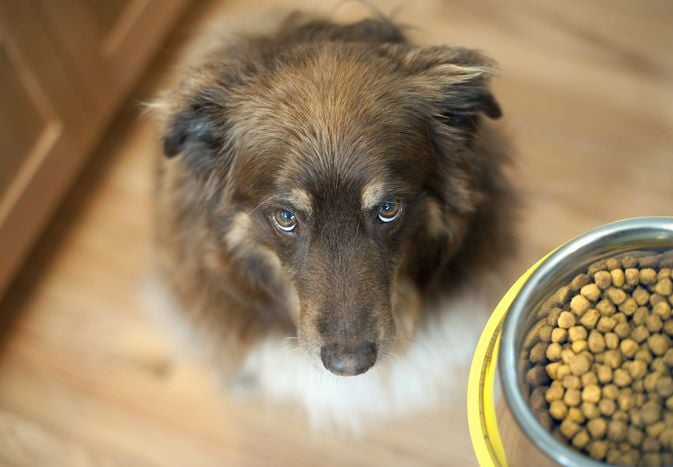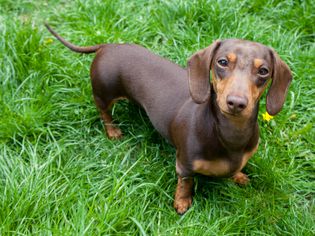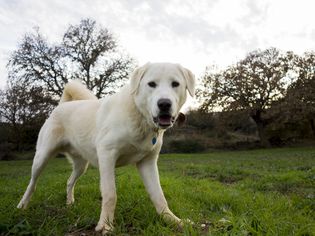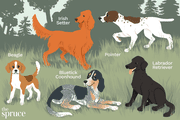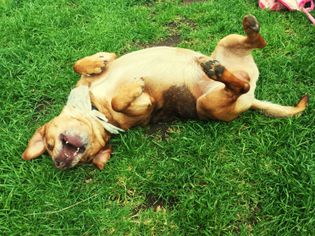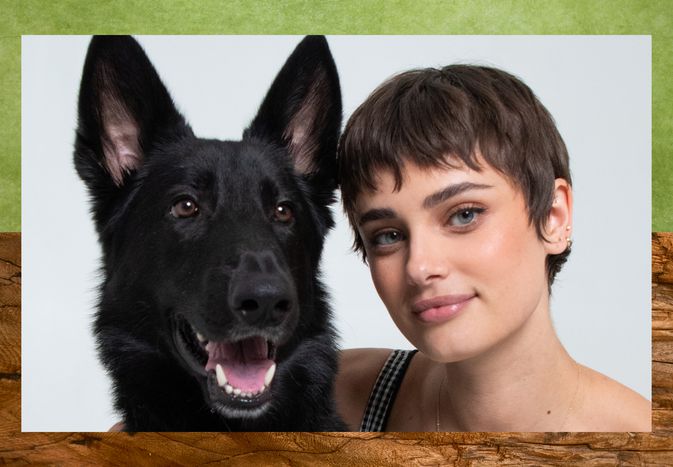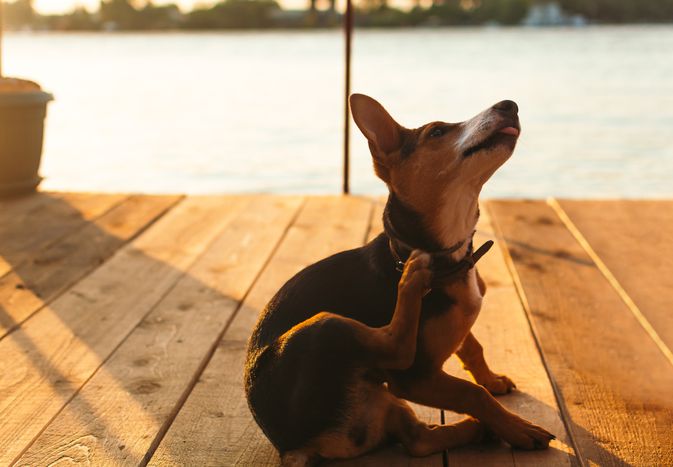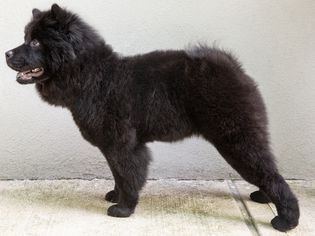Eye boogers may look unpleasant, but almost all dogs will experience ocular discharge at some point in their lives, and it usually doesn't indicate a health problem. If eye boogers are a result of an illness or irritation, then ignoring them can lead to bigger eye issues. So, knowing how to differentiate between problematic eye discharge and normal eye debris will help you keep your dog's eyes bright and healthy.
What Are Eye Boogers?
Eye boogers are a buildup of ocular discharge at the inner corners of a dog's eyes. This "gunk" can appear after your dog has been sleeping, much like people who wake up with sleep crust in the morning, or it may continually build up throughout the day. Eye boogers are primarily a mixture of mucous, tears, and skin cells and are technically referred to as rheum.
Symptoms of Eye Boogers in Dogs
The color of a dog's eye boogers can help differentiate between normal, harmless debris and unhealthy discharge. Redness may indicate a normal pigmentation from tears or the presence of blood, while profuse yellow or green discharge may indicate an infection.
Causes of Eye Boogers in Dogs
There are several reasons why a dog may develop eye boogers. Some causes of eye boogers are completely normal while others require veterinary attention.
- Normal Eye Discharge: Rheum, the gooey material that can be found in the corners of your dog's eyes, is completely normal if it is clear or slightly red or brown and seen in small amounts. Porphyrin, a pigment in the tears, can make the eye boogers appear red or brown. This is not to be confused with blood, which is not normal.
- Conjunctivitis: The pink, fleshy part around the eye is called the conjunctiva. If this tissue becomes inflamed, it can cause excessive eye discharge, creating eye boogers. Conjunctivitis requires eye medications to treat and make the eye boogers go away.
- Blocked Tear Ducts: Tear ducts are the tiny pathways through which tears leave the eyes. If these little tubes become blocked, excessive eye boogers can form. Congenital defects, inflammation, tumors, foreign debris, and infections in the tear ducts can cause blockages. Blocked tear ducts usually require veterinary attention so that they can be flushed out.
- Irritation: Sometimes dogs will have watery eyes due to irritations from allergies, irritants in the air, or foreign particles of hair or debris. This excessive tearing can mix with mucous in the eye, skin cells, and particulate matter to form eye boogers.
- Glaucoma: An increase in normal eye pressure is painful and can cause excessive eye discharge that can look like pus. Glaucoma requires immediate veterinary attention due to the pain it causes and the serious eye issues that can result from not being treated.
- Physical Abnormalities: Some dogs are born with malformations of their heads and eyes that can result in eye boogers. If these abnormalities cause more serious issues, like corneal ulcers, they may need surgical intervention. The eye boogers should go away if the abnormality associated with the eyes is corrected.
- Eye Injuries: Trauma to the eye including corneal ulcers can result in eye boogers. Eye injuries can include a scrape or puncture, car collision, or simply abrasion of the cornea from a hair or rough particle. All eye injuries require veterinary attention.
- Dry Eye: If your dog is unable to produce enough tears to lubricate its eyes, debris may accumulate because of your dog's dry eyes. A thick discharge may be seen around the eyes if your dog has this problem.
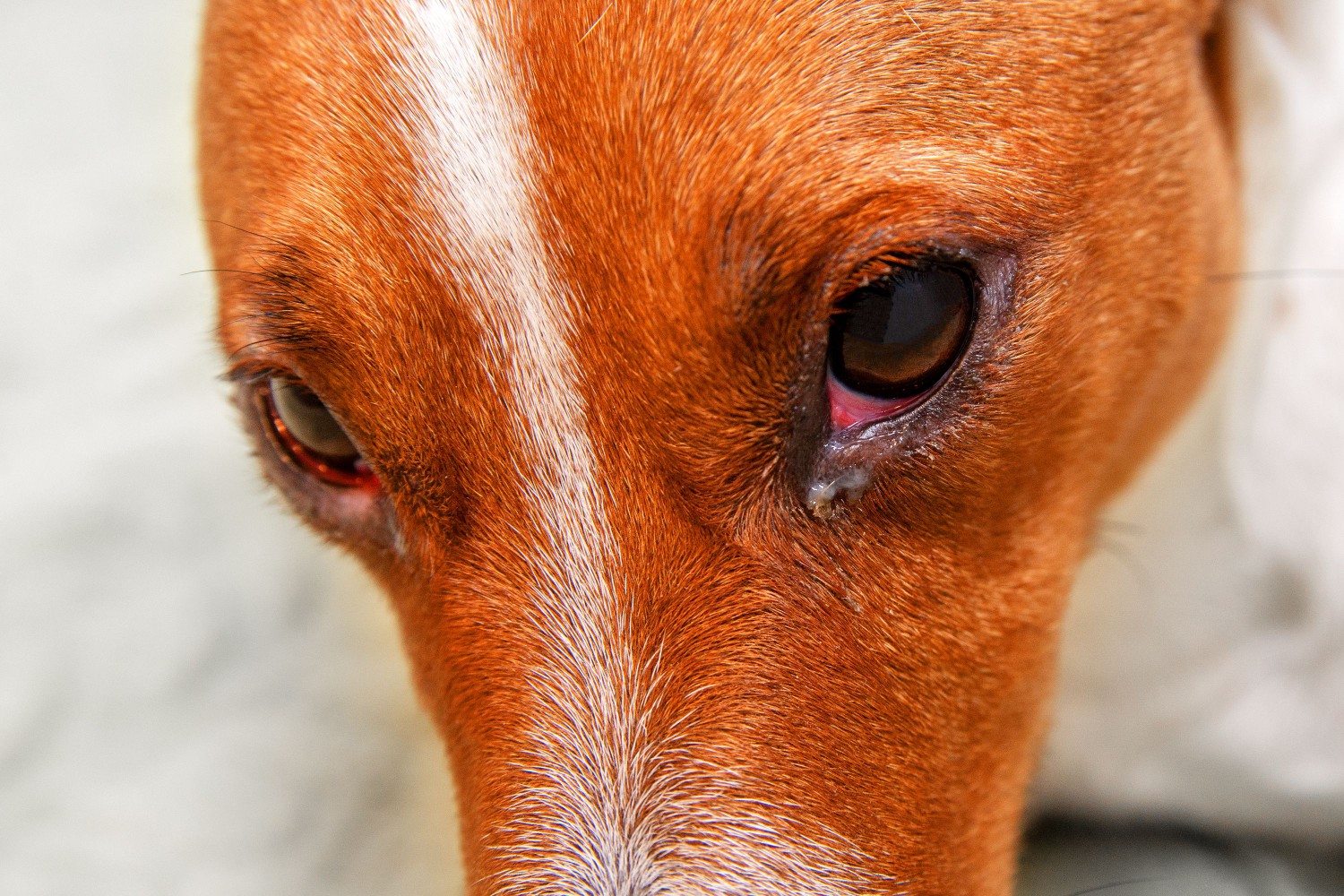
Hugo1313 / Getty Images
Diagnosing Eye Boogers in Dogs
Eye boogers are generally just a small inconvenience that owners will recognize in their dogs. If the discharge from the eyes is excessive, malodorous, or yellow/green, then a trip to the vet will be required to track down the cause behind the boogers.
A veterinarian may examine your dog's eyes with a retina scope to assess the health of the eyeballs, and x-rays may be required to determine physical abnormalities or tumor growths.
Treatment
If your dog has problematic eye boogers, then various eye ointments and drops may be needed to treat inflammation, infection, high eye pressure, or wounds. Tear ducts may need to be flushed if they are blocked, but surgery may be needed in rare cases.
Eyelids that abnormally roll into the eyes may need to be surgically corrected; growths may need to be removed; corneal ulcers may require surgical treatment; and, on rare occasions, an eye may need to be removed if it is severely injured or painful.
If problematic eye boogers are allowed to build up on your dog's face, they can irritate the skin and cause infections, so they should always be gently wiped away before they get to this point.
Prognosis for Dogs with Eye Boogers
Most eye boogers are harmless and can simply be wiped away without worry. If a dog has an underlying eye issue, though, then the prognosis will depend on the cause of the ocular discharge.
How to Prevent Eye Boogers
If you are concerned about your dog's eye boogers, schedule a vet check to rule out problems. Otherwise, keeping your dogs's hair trimmed around its eyes and gently wiping the eyes with a wet cloth will keep boogers at bay.

